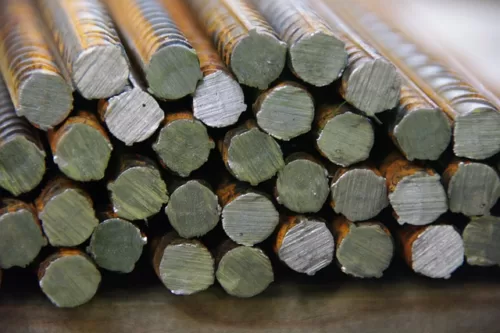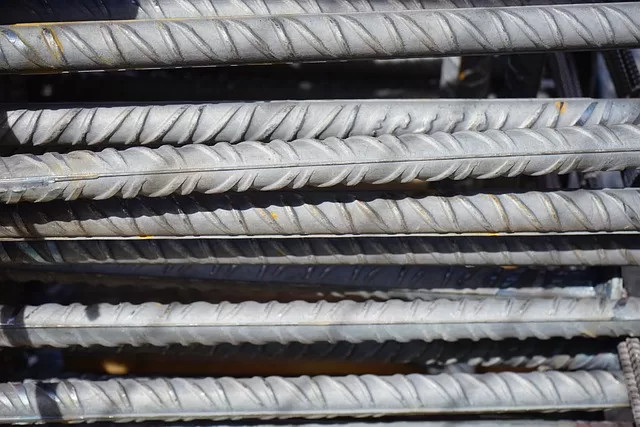If you are constructing your new home then purchasing TMT steel bars for the reinforcement steel work is essential. Reinforcement steel is the most important building material for construction of your house. Quality checking of reinforcing Thermo-Mechanically Treated (TMT) steel bars require chemical and physical tests to perform, these tests include the tensile strength test, ductility test, yield test, and chemical analysis. But you cannot perform those tests without a well-equipped laboratory. Let’s find out what are these TMT bar test without lab.
If you don’t have access to a lab to check the quality of TMT steel bars, which is the case of most of the people constructing their house, here are six field tests on TMT steel reinforcement bars you can perform at home or at the site itself, without a lab. This will ensure to a major extent, along with the material being from a reputed brand, that you select a good-quality TMT bars, No lab is required for these tests.
Visual Inspection
Examine the TMT bars for any visible signs of rust, cracks, bends, or deformities. The surface should be smooth and free from any irregularities.
Weight Check of TMT steel bars
Weigh a sample of TMT bars to ensure they meet the specified weight. (For the procedure, you may check our detailed article on rolling margin here.
Bend and Re-bend test of TMT steel bars
Take a piece of TMT bar and bend it to 180 degrees against a mandrel, and then bend it back to 135 degrees. A bad-quality TMT bar will show enough signs of wear and tear on the bent area, or at worst, it may break.
In the bend test, the rebar is gently curved to a 180-degree angle (following the guidelines of IS 1599), utilizing a mandrel that aligns with the specifications from IS 1786. The objective here is to inspect the tension side of the bent bar for any indications of crack or rupture. If no such sign is visible, this signifies a successful passing of the bend test.
Moving on to the rebend test, the bar is delicately bent to an angle of 135 degrees. Subsequently, a sample is subjected to a boiling water environment at 100 degrees for a duration of 30 minutes. Following this thermal exposure, the sample is carefully cooled. Once cooled, it undergoes another bending process, this time to an angle of 157.5 degrees. A thorough assessment is then conducted to detect any signs of ruptures or cracks. If there is no visible sign of rapture, congrats, your TMT has passed the rebend test of TMT steel.

Sound Test of Reinforcement Steel
Gently tap the TMT bar with a hammer. A high-quality bar will produce a clear ringing sound, while a lower-quality bar might produce a dull thud. This TMT bar test without lab gives a clear indication of the quality of reinforcement steel that you want to use in constructing your new house.
Check the Rib Pattern
The rib pattern on the surface of TMT bars should be uniform and well-defined. Inconsistent rib patterns could indicate poor manufacturing.
Check for Straightness
Roll the TMT bar on a flat surface to see if it’s straight. Any significant bends or curves could indicate a lower-quality bar.
Although the above tests are not enough for strength parameter of reinforcement steel, but they can serve the purpose up to a major extent. If you have access then it is always best to get the quality tests done on the samples of TMT bars, both physical and chemical tests as per the Indian Standards.
If you have any technical query about constructing your new home ask us in the comment box below. You can share your views or any other importance information regarding the TMT bar test without a lab.
